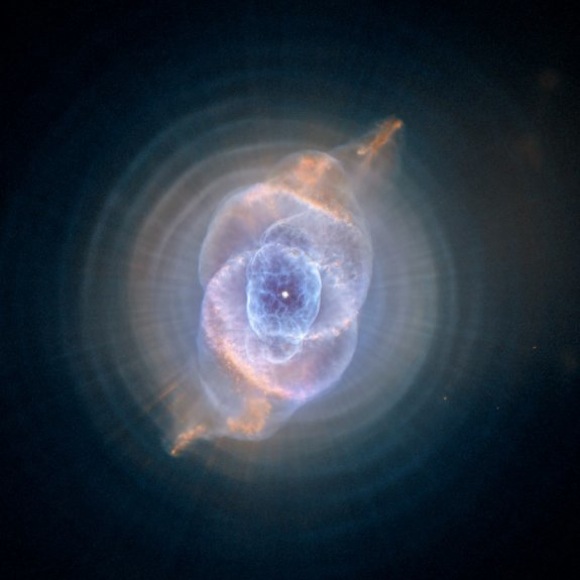A planetary nebula is one of the most beautiful objects in the universe. Formed from the decaying remnants of a mid-sized star like a sun, no two are alike. Cosmically ephemeral, they last for only about 10,000 years – a blink of a cosmic eye. And yet they are vitally important, as their processed elements spread and intermingle with the interstellar medium in preparation for forming a new generation of stars. So studying them is important for understanding stellar evolution. But unlike their stellar brethren, since no two are alike, it’s hard to efficiently pick them out of astronomical deep-sky surveys. Thankfully, a research team has recently developed a method for doing just that, and their work could open up the door to fully understanding the great circle of stellar life.
Continue reading “Can You Spot a Planetary Nebula from a Few Blurry Pixels? Astronomers Can – Here’s How”The Oldest and Coldest White Dwarf Ever Found has Bizarre Dust Rings Around it
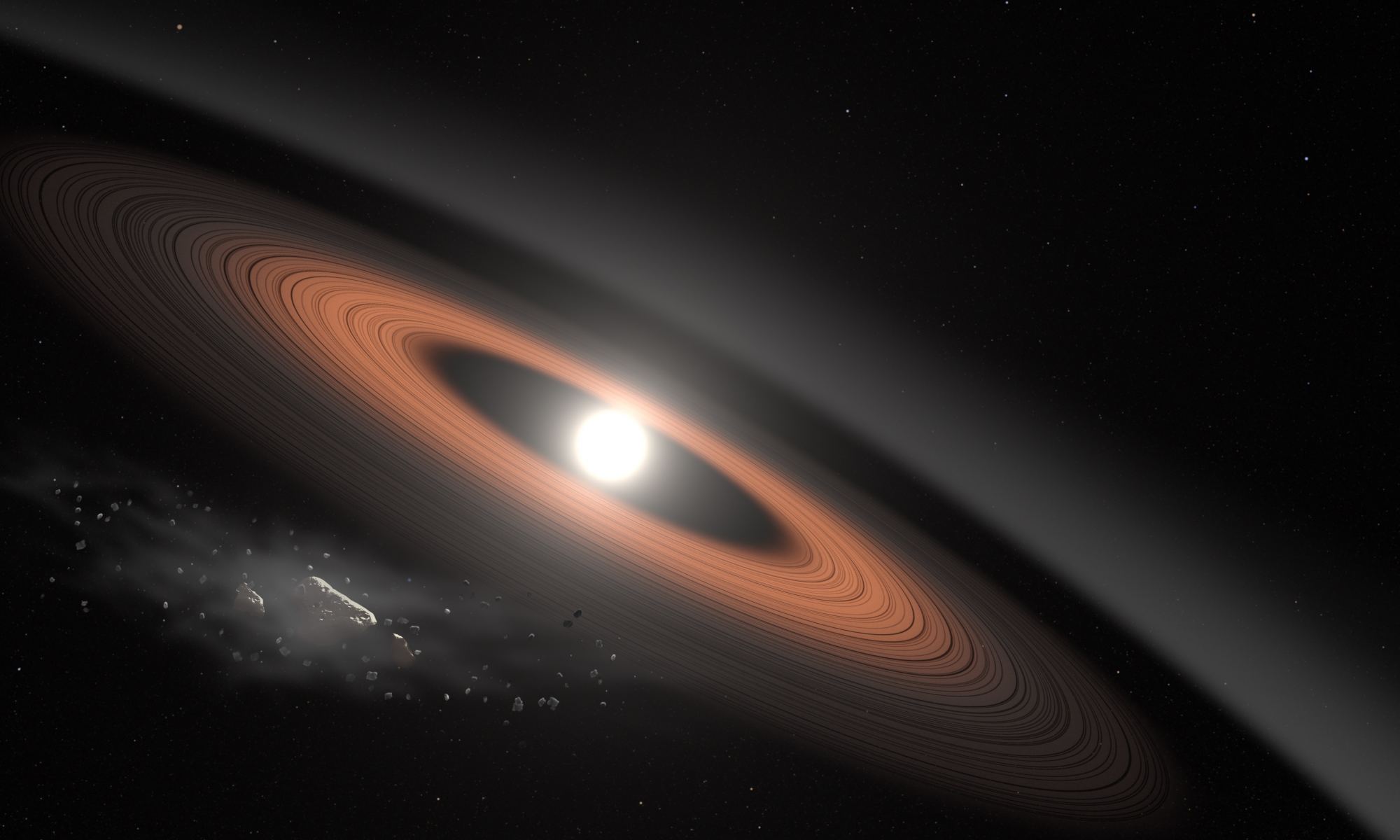
When stars like our Sun exhaust their hydrogen fuel, they enter what is known as their Red-Giant-Branch (RGB) phase. This is characterized by the star expanding to several times it original size, after which they shed their outer layers and become compact white dwarfs. Over the next few billion years, it is believed that these stars will slowly consume any objects and dust rings still close enough to be influenced by their gravity.
However, a citizen scientist named Melina Thévenot recently made a surprising discovery when observing a white dwarf system. Based on data from the Wide-field Infrared Survey Explorer (WISE) mission, this star has been a white dwarf for billions of years, but still has multiple rings of dust around it. Known as LSPM J0207+3331 (or J0207), this discovery could force researchers to reconsider models of planetary systems.
Continue reading “The Oldest and Coldest White Dwarf Ever Found has Bizarre Dust Rings Around it”Eta Carinae is Getting Brighter Because a Dust Cloud was Blocking our View
In addition to being one of the most beautiful and frequently photographed objects in the night sky, Eta Carinae also has also had the honor of being one of the sky’s most luminous stars for over a century and a half. In addition, it has been a scientific curiosity since its giant ejected nebula (Homunculus) contains information about its parent star.
It is therefore sad news that within a decade or so, we will no longer be able to see the Homunculus nebula clearly. That was the conclusion reached in a new study by an international team of researchers. According to their findings, the nebula will be obscured by the growing brightness of Eta Carinae itself, which will be ten times brighter by about 2036.
Continue reading “Eta Carinae is Getting Brighter Because a Dust Cloud was Blocking our View”In the far Future our Sun will Turn Into a Solid Crystalline White Dwarf. Here’s How it’ll Happen
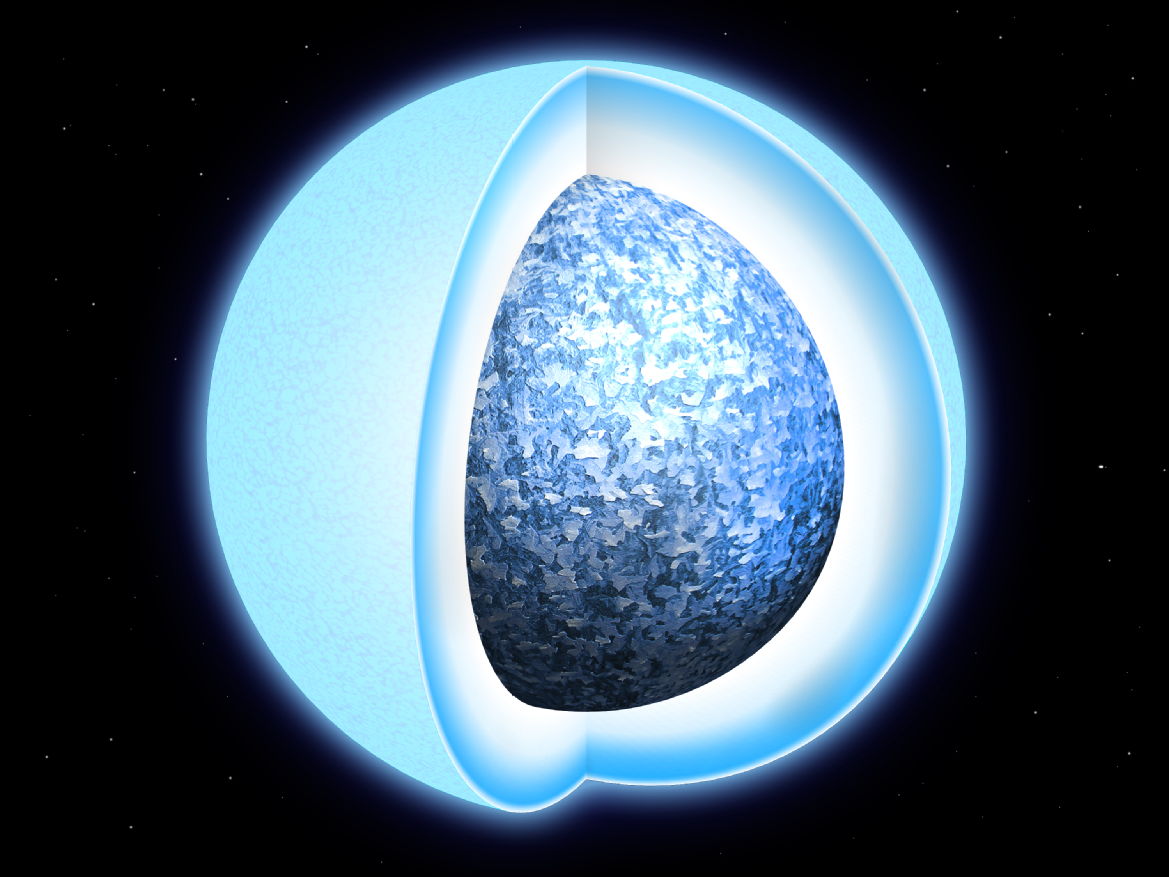
About fifty years ago, astronomers predicted what the ultimate fate of our Sun will be. According to the theory, the Sun will exhaust its hydrogen fuel billions of years from now and expand to become a Red Giant, followed by it shedding it’s outer layers and becoming a white dwarf. After a few more billion years of cooling, the interior will crystallize and become solid.
Until recently, astronomers had little evidence to back up this theory. But thanks to the ESA’s Gaia Observatory, astronomers are now able to observe hundreds of thousands of white dwarf stars with immense precision – gauging their distance, brightness and color. This in turn has allowed them to study what the future holds for our Sun when it is no longer the warm, yellow star that we know and love today.
Continue reading “In the far Future our Sun will Turn Into a Solid Crystalline White Dwarf. Here’s How it’ll Happen”Bad News. Planets Orbiting Red Dwarfs Might not have the Raw Materials for Life
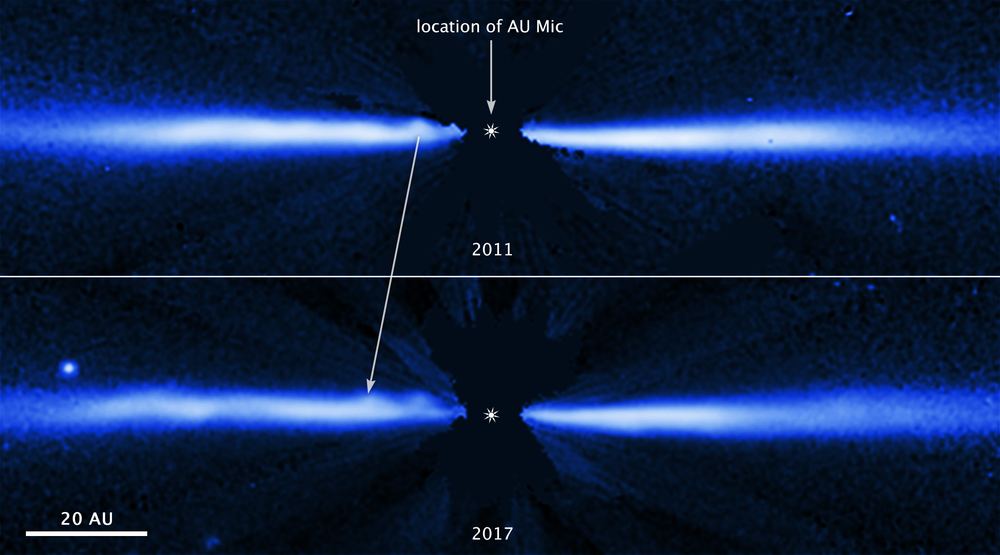
New research from the Hubble Space Telescope and the ESO’s Very Large Telescope is dampening some of the enthusiasm in the search for life. Observations by both ‘scopes suggest that the raw materials necessary for life may be rare in solar systems centered around red dwarfs.
And if the raw materials aren’t there, it may mean that many of the exoplanets we’ve found in the habitable zones of other stars just aren’t habitable after-all.
Continue reading “Bad News. Planets Orbiting Red Dwarfs Might not have the Raw Materials for Life”A Guide to Hunting Zombie Stars
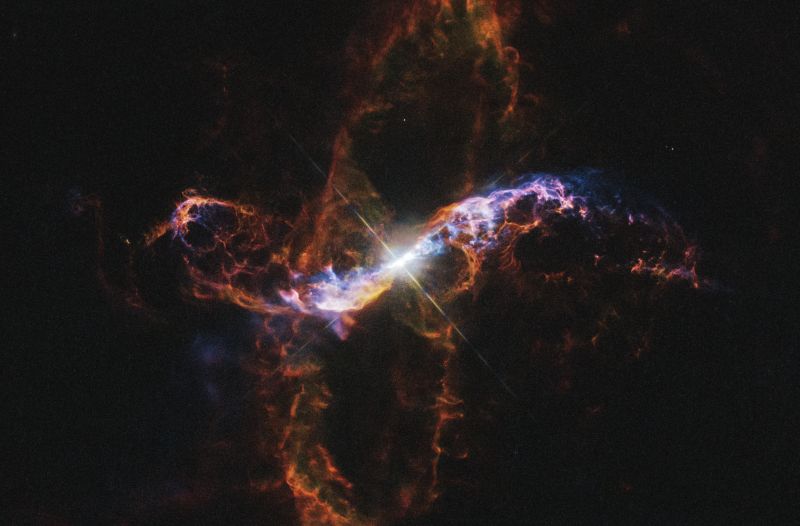
Apparently not all supernovas work. And when they fail, they leave behind a half-chewed remnant, still burning from leftover heat but otherwise lifeless: a zombie star. Astronomers aren’t sure how many of these should-be-dead creatures lurk in the interstellar depths, but with recent simulations scientists are making a list of their telltale signatures so that future surveys can potentially track them down.
Astronomers Count all the Photons in the Universe. Spoiler Alert: 4,000,000,000,000,000,000,000,000,000,000,000,000,000,000,000,000,000,000,000,000,000,000,000,000,000,000,000,000 Photons
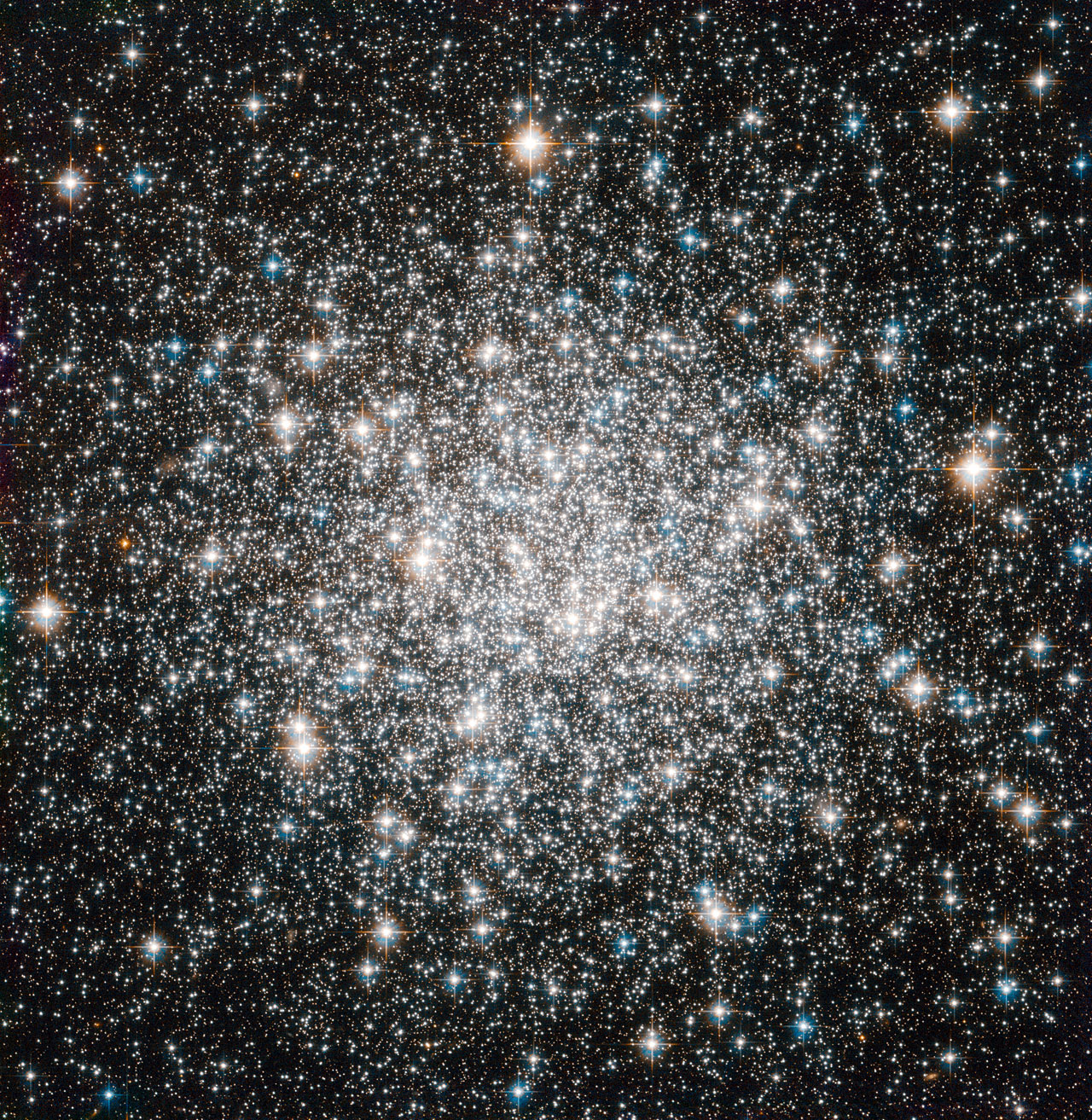
Imagine yourself in a boat on a great ocean, the water stretching to the distant horizon, with the faintest hints of land just beyond that. It’s morning, just before dawn, and a dense fog has settled along the coast. As the chill grips you on your early watch, you catch out of the corner of your eye a lighthouse, feebly flickering through the fog.
And – yes – there! Another lighthouse, closer, its light a little stronger. As you scan the horizon more lighthouses signal the dangers of the distant coast.
Continue reading “Astronomers Count all the Photons in the Universe. Spoiler Alert: 4,000,000,000,000,000,000,000,000,000,000,000,000,000,000,000,000,000,000,000,000,000,000,000,000,000,000,000,000 Photons”
We May Soon Be Able To See the First, Supergiant Stars in the Universe

We need to talk about the dark ages. No, not those dark ages after the fall of the western Roman Empire. The cosmological dark ages. The time in our universe, billions of years ago, before the formation of the first stars. And we need to talk about the cosmic dawn: the birth of those first stars, a tumultuous epoch that completely reshaped the face the cosmos into its modern form.
Those first stars may have been completely unlike anything we see in the present universe. And we may, if we’re lucky, be on the cusp of seeing them for the first time.
Continue reading “We May Soon Be Able To See the First, Supergiant Stars in the Universe”
Scientists are Using Artificial Intelligence to See Inside Stars Using Sound Waves
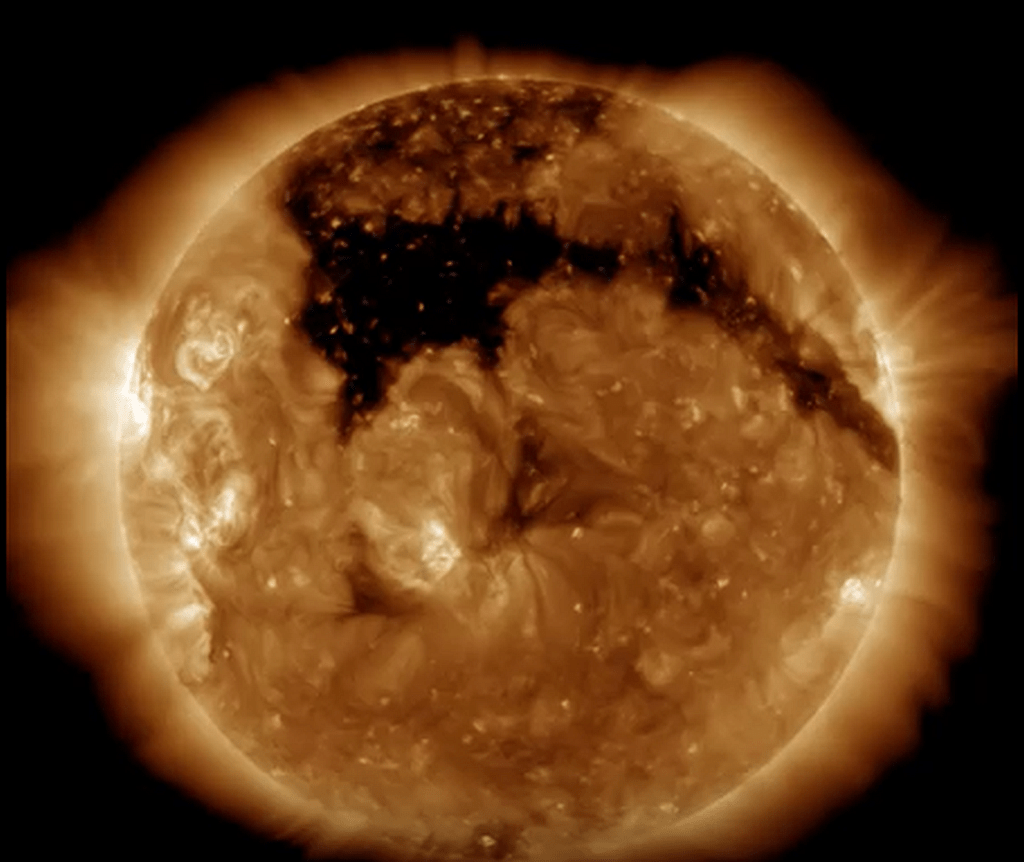
How in the world could you possibly look inside a star? You could break out the scalpels and other tools of the surgical trade, but good luck getting within a few million kilometers of the surface before your skin melts off. The stars of our universe hide their secrets very well, but astronomers can outmatch their cleverness and have found ways to peer into their hearts using, of all things, sound waves. Continue reading “Scientists are Using Artificial Intelligence to See Inside Stars Using Sound Waves”
Ancient Star Found that’s Only Slightly Younger than the Universe Itself
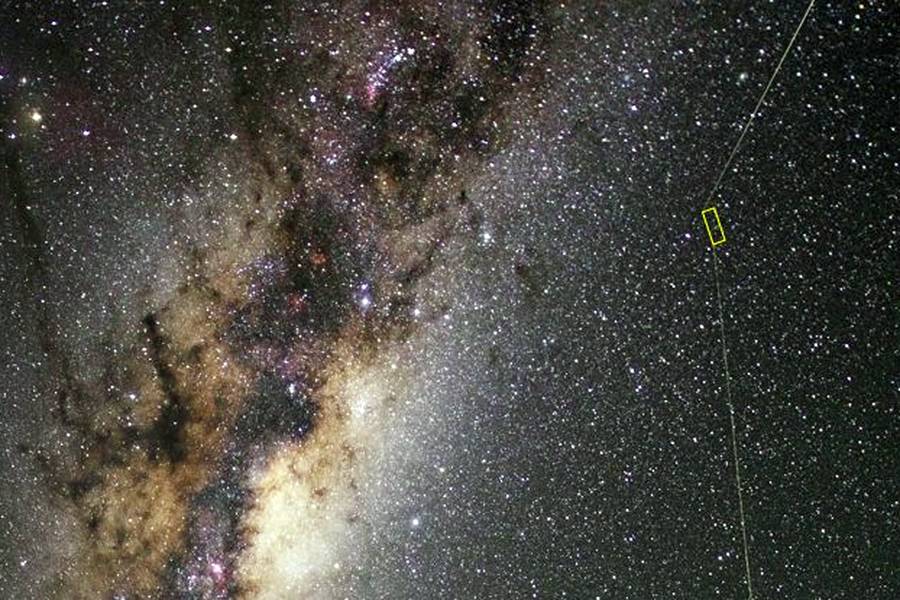
According to the most widely-accepted cosmological theory, the first stars in our Universe formed roughly 150 to 1 billion years after the Big Bang. Over time, these stars began to come together to form globular clusters, which slowly coalesced to form the first galaxies – including our very own Milky Way. For some time, astronomers have held that this process began for our galaxy some 13.51 billion years ago.
In accordance with this theory, astronomers believed that the oldest stars in the Universe were short-lived massive ones that have since died. However, a team of astronomers from Johns Hopking University recently discovered a low-mass star in the Milky Way’s “thin disk” that is roughly 13.5 billion-year-old. This discovery indicates that some of the earliest stars in the Universe could be alive, and available for study.
Continue reading “Ancient Star Found that’s Only Slightly Younger than the Universe Itself”

